By Bob Bergin
Charles D. Mott was a U.S. Navy dive-bomber pilot when he joined the American Volunteer Group (AVG), the small band of Americans who flew under the leadership of General Claire Lee Chennault and became known to history as the Flying Tigers. Mott was assigned to the AVG’s second squadron, the Panda Bears. As the AVG was forming up in Burma during the latter half of 1941, Chennault appointed him the AVG adjutant; he also became the operations officer of the second squadron. In late November 1941, he was sent to Kunming, China, to make arrangements for the AVG’s move there from its training base at Toungoo, Burma. In December, with the Japanese moving into Burma, Chennault sent the Panda Bears to Mingaladon Airdrome to assist in the defense of Rangoon, the Burmese capital.
By January 1942, the AVG had repulsed Japanese daylight air attacks on Rangoon and started taking the war to the Japanese. In leading an attack on a Japanese airfield in Thailand, Mott was shot down and became the first American aviator captured by the Japanese on the Asian mainland. He was taken to Bangkok, Thailand, and later sent to the infamous Japanese prison camp on the River Kwai. Mott not only survived imprisonment, but the 150 Allied prisoners that he became responsible for made it through the ordeal with the lowest rate of loss of any POW group on the River Kwai.
On January 8, 1942, as Mott flew over the Japanese airfield at Mae Sot, Thailand, his Curtiss P-40 Tomahawk was hit by ground fire.
WWII History: Your P-40 has just been hit by ground fire, your engine has quit, and despite your best efforts you can’t restart it. It is time to get out of the aircraft. How did you make your exit?
Charlie Mott: Luckily, I had a lot of speed, about 350 miles per hour, and was able to zoom up to about 400 feet. I rolled over, slid back the canopy, released the safety belt, and shoved the stick forward. I was catapulted out into space. I found myself head-down and pulled the ripcord. After a terrific yank, I took one swing, and then stopped nice and gently. Just like an elevator. I thought to myself that there was nothing to this parachuting business. Then I looked down and realized that I had not finished jumping. The canopy had caught in the top branches of a giant tree. I was dangling like a persimmon, about 35 feet from the ground.
WWII: How close were you to the Japanese at this point?
CM: My plane had hit about 400 yards away and was burning furiously. Every half minute or so, some of the ammunition in the pans would burn off and go pop-pop-pop. Like everybody else at the start of the war, the Japanese were very jittery about paratroop landings. When they saw my parachute and then heard all the ammunition in my airplane cooking off, they must have thought the airborne invasion had come. All the Japanese forces in the area were mobilized. Meanwhile, some airdrome guards had already reached the vicinity of where I had come down and were lobbing mortar rounds into the area. The P-40 was putting up a good fight.
WWII: How did you see your situation?
CM: I had my .38 automatic, lots of ammunition, money, and emergency rations. I figured if I could get my feet on the ground, it would take one fast Japanese to catch me. It was only about 60 miles to the Salween River. I figured if I could swim it, I stood a good chance of getting back to home sweet home.
WWII: You had not yet been spotted by the Japanese at this point?
CM: A Japanese fighter took off after our guys finished strafing and left the area. He scouted around, found the plume of smoke from my burning plane. Then, he spotted my parachute canopy in the top of the tree. He was flying an open cockpit Nakajima 98 fighter. He flew by once and looked me over. Then he turned and dove directly at me so I could look right down his guns. He did the same thing a second time, then left me to my own devices.
WWII: It must have seemed like time to get out of the tree?
CM: Thirty-five feet below me was a bush. Not a big bush, but I thought it would cushion my fall. I undid my harness and dropped down. I missed the bush and hit the ground with a thud. My right leg crumpled under me. I hit on my right flank and rolled, banging my head on the ground. My left arm broke above the wrist, a compound fracture, with the jagged end stuck in the dirt. Something was wrong in my pelvic area. I lay there, immobilized. All of a sudden, a Japanese soldier jumped out from behind the bush and stuck me in the flank with his bayonet. I struggled to get to my feet, but fell back.
WWII: Did he make any move to help you?
CM: He realized my condition and let me lie there. His friends came pounding into the clearing, all with fixed bayonets. They went running around like madmen, jumping like they had springs in their heels. Two of them took off their trousers and ran bamboo through the legs to make an improvised stretcher. They put me on the stretcher, and off we went.

WWII: Where did they take you?
CM: Back to the airfield I had just strafed, about a mile away. When we reached the edge of the field, I raised up and looked to see what damage we did. On the other side of the runway were four planes, still burning furiously. There were pillars of smoke at other places on the field. Altogether I think I confirmed eight airplanes burning. I must have looked too pleased. A Japanese soldier attacked me from behind with a bayonet. He slashed at my head and cut my scalp before somebody stopped him.
“I was Completely Depressed. I had Given up any Hope and Wanted Whatever was Going to Happen to Me to be Over with as Soon as Possible.”
WWII: You must have been feeling pretty beaten up by this time.
CM: The first blow the guy had given me with the bayonet was like a shot of morphine. It numbed my pain, but didn’t affect my consciousness. And then they took me to the first aid tent. A Japanese medical officer put a splint on my left arm, bound up my foot, and sewed up my scalp. He gave me a few shots of sedative. Then all the big wheels came in and stood around me in a circle.
WWII: How did these senior Japanese react to you?
CM: They looked; I looked. They stared; I stared. They glowered; I glowered back. I could literally feel the tension building up. I was completely depressed. I had given up any hope and wanted whatever was going to happen to me to be over with as soon as possible. Then came a surprising question: “What can we do for you?” I had an overwhelming thirst. I said, “Do you have a bottle of beer?” A Japanese officer said the Japanese Army did not drink beer, but they had some “cider.” I thanked them and had visions of good old apple cider. An orderly came back with two bottles of cherry soda pop. Later I discovered that the Japanese word pronounced cider meant soda.
WWII: Did they interrogate you?
CM: The field questioning started right there. The first question was, “How many planes are there in Rangoon?” I thought, they can’t possibly check up on me, so I said “200”—about five times the number of planes we actually had there. The Japanese officers nodded to each other. Then came the second question: “Do you shoot Japanese soldiers?” Now how is one supposed to answer this question? I stalled. I said, “Who, me?” “Yes, you!” I told them: “Not me. I do not shoot Japanese soldiers, only Japanese airplanes.” That seemed to clear the atmosphere.
WWII: What happened then?
CM: A guard picked me up and took me to a clearing. They put me in a truck on a pile of rice straw so I would have an easy ride over the rough road. There was an attendant, a medical orderly, who had a syringe and plenty of dope. He was glad to administer as many shots as I requested. Occasionally he gave himself one. I spent the night at a Japanese encampment.
WWII: When did they send you on to Bangkok?
CM: The following morning. I was taken to the railroad station. They had reserved a first- class compartment, but I was on a stretcher and they couldn’t get the stretcher through the door. I wound up in the baggage car of the Bangkok Express with my parachute and a .50-caliber machine gun from my P-40 that was bent around like a pretzel.
WWII: Where were you taken when you got to Bangkok?
CM: I was taken to a building the Japanese were using as a billet. I believe it was at Chulalongkorn University. I stayed there for three days until my condition got worse and the Japanese decided to send me to the hospital.
WWII: What was the hospital like?
CM: It was the base hospital for the entire initial Burmese campaign: three large white concrete buildings. It was also used as a truck park by a Japanese transport regiment. The medical facilities were scanty. There was no x-ray machine, no traction apparatus for setting compound fractures; plaster of Paris was practically nonexistent. Used bandages and dressings were washed, boiled, and reused. I was given a room in the surgical wing, which formerly had been the maternity ward.
WWII: Did you have contact with other patients?
CM: My room opened on a veranda, and the troops would line up just outside for treatment. About the second morning, I woke up to see a Japanese private standing at the window staring at me. The next morning he came back with a little bag, which he said was for me. It had soap, toothbrush, and tooth powder, everything I needed. He continued to bring little gifts, like razor blades and a deck of cards. I found he had been spending his small private’s salary and borrowing from others. I learned he was a Christian, and in his youth had received a beautiful doll from an American child. He was using this opportunity to repay the kindness.

WWII: How long did your friendship last?
CM: He used to sneak into the room at night. He brought me a Bible. I read and explained excerpts from it. After about a month he left. The day he left, he came into my room with pack, rifle and bayonet, and a bouquet of flowers. He was a machine gunner and he was leaving for the front in Burma. He asked me to write a letter to his parents after the war. I realized he did not expect to come back. We shook hands and he left, and I never saw him again. I did try to contact his parents after the war, but I was not able to locate them. The name was Hyokichi Takunago of Shosho Gun.
WWII: Did you have similar contacts with other Japanese?
CM: A Japanese warrant officer used to pass by every afternoon, and each time he would scowl at me. Finally, he stopped at my door and said that if he met me on the battlefield he would kill me. Then he said, “But this is a hospital.” From his dispatch case he pulled a bottle of chocolate milk and gave it to me. We had a conversation and I learned he was an aircraft technician.
WWII: How long did you remain in the hospital?
CM: After two months I was able to take about five steps and get around with the aid of a cane. I was ordered discharged. I told the doctor that all my clothes had disappeared. All I had was a hospital robe and a towel. The doctor said he would see what he could do about it. Evidently they looked over their regulations and could find no provision for this, so they went to Mr. Peck, the American Ambassador to Siam, and got 50 Thai Baht from him. I asked that they buy stout khaki clothes, but they came back with a Chinese businessman’s outfit— brown calfskin shoes, two pair of “high water” trousers, underwear, socks, and a gem—an Arrow shirt! A day later I was taken in a truck to the Japanese Burma Headquarters in Bangkok, where I was quartered with three other prisoners.
WWII: Who were your fellow prisoners?
CM: There was an Englishman, an assistant colonial commissioner from Burma named Knaiff; his chief of police, an Anglo-Burman named Archard; and a Burmese policeman. All three had been taken at Victoria Point, on the lowest point of Burma, when a Japanese regiment captured the town. There were 200 British Indian Army troops defending the airdrome at Victoria Point, but they had been withdrawn. Knaiff had been ordered to stay at his post to protect the civilian population. By the time the Japanese arrived, the civilian population consisted of one Indian too sick to move. Knaiff, with true British civil servant honor and stupidity, remained at his post. The Japanese, not being capable of understanding such altruistic motives, considered him a spy.
WWII: Where were you kept?
CM: We had two rooms next to the guardhouse and above a Japanese shrine. Right below us was a large room used as a shrine. The ashes of the Japanese soldiers who died in the Burma campaign were brought here in little white boxes and placed on shelves flanking a small bronze Buddha. Flowers and offerings of fruit were placed there by their comrades. When shipping was available, two or three hundred of the little white boxes were sent back to Japan. For morale reasons, not too many were allowed to accumulate.
“I Came up with a way to Escape. It was a Harebrained Scheme, but I Went Ahead with it Despite the Threat of Execution for Escape Attempts”
WWII: How did you pass the time?
CM: We played cards. We smoked when we could find anything to smoke, played chess, and read anything we could. Knaiff was quite a linguist. Among other languages, he was fairly accomplished in Japanese. I started studying Japanese intensively at this point. Our tutors and language guinea pigs were the Japanese guards. There was always one in our room.
WWII: How were your relations with the guards?
CM: They would become quite chummy. They purposely changed guards about every two weeks, but by the end of that time, the guards were always more acquaintances than guards.
WWII: Were you able to take advantage of this?
CM: It helped keep us in cigarettes. My hobby had always been playing chess. I saw the Japanese playing a game similar to chess and got one of them to teach it to me. They called the game “Shoh Gee,” or “Elephant Chess.” I taught Knaiff, and once we reached a certain proficiency, we began to challenge the Japanese sentries. Most of them would put their rifles down, and—after making sure the sergeant of the guard was not around—we would proceed with the game. As time went on, I noticed competition was getting stronger. It turned out that the sergeant of the guard found out that some of his men had been playing chess on duty—and losing. This lost a lot of face. To preserve the prestige of Nippon, the billet was combed for the best chess players, who were sent up to regain face. None of them succeeded. I managed to hold my chess superiority and eventually none of the Japanese would play.
WWII: Did you think of escape?
CM: Always. One thing every prisoner always has in his mind is escape. After five months in Bangkok I was able to walk and move pretty well for short periods, and I came up with a way to escape. It was a harebrained scheme, but I went ahead with it despite the threat of execution for escape attempts. I had a stout teak walking stick, and I stole two latches from a shutter and a big nail from the exercise yard. I used these to work on a large board in the floor under the bed. I did this at night with a Japanese sentry 10 feet away. I almost got caught a couple of times when my walking stick slipped and clattered on the floor. I would hop back in bed before the guard came and pretend I was having a nightmare.

WWII: How far did you get with the scheme?
CM: I got all the nails in the board loose and was ready to go the next night. My plan was to pry up the board, drop into the room below, get out through a window, over a fence, and into Bangkok, destination unknown. That day, I came back from taking a shower, which was part of our daily routine, and I found a splinter I had laid in a particular way on the plank had been moved. I figured the Japanese had discovered what I was up to, and that I had probably been given away by the Anglo-Burman prisoner, who was “Jap-happy.” This sobered me, and I decided to wait a few days in case the Japanese set a trap. And sure enough, on the third day, they removed a guard who they had stationed down below, where I would have made my exit through the window. And they nailed up the shutter on the window.
WWII: Did anything else come of this?
CM: Only that one of the guards told me quietly that Archard, the Anglo-Burman, tipped them off. I went to Archard and told him that I was wise to him and that I would kill him if he ever did anything like that again. Archard started squirreling away things in his mattress, pieces of iron that he could use as a knife. Sleeping at night under a mosquito net a foot away from Archard did nothing to help my peace of mind. I could only hope that Archard’s feelings were similarly disturbed.
WWII: Did you have any other interesting moments during your stay in Bangkok?
CM: There was a Japanese officer named Nongatodi who was detailed to take command of an Indian POW camp in Bangkok. His prisoners had not arrived because of shipping problems, so he would come up to sit around and brush up his English. One day he asked us how we liked our accommodations. When we told him we thought it was a gloomy hole, he said he would take us on a trip. We had a good laugh and then forgot about it. Four days later he came by and asked if we were packed. We grabbed the few things we had, got in a truck, and went down to the railroad station. We traveled south by train for four days, down to Prai, which is across the bay from Penang in upper Malaysia. We were quartered in houses and had nothing to do but enjoy ourselves.
WWII: That sounds like a pretty good deal.
CM: It got better. In the evening, we would take walks in the village, accompanied by Nongatodi and the guards. The highlight came when we dropped into a Chinese coffee house and had real coffee and small cakes. One day when the Chinese shop owner presented the bill, Nongatodi flew into a towering rage. He chased the Chinese shop owner into the kitchen, and there were shouts in Chinese, Japanese, Malay, and broken English. We thought it was all over for the shop owner. Nongatodi came back calmly and finished his coffee. I felt a little bad about the Chinese being chased about and said so to Nongatodi. Nongatodi said the shop owner was a very bad man. He was Chinese, and Nongatodi had told him that as a member of the AVG I was a member of the Chinese Air Force, but the Chinese had presented a bill for my coffee anyway. Nongatodi believed the Chinese should have given it to me free.
WWII: What was the Japanese purpose in giving you a holiday down south?
CM: Nongatodi told us later that the original orders were to send us to Rangoon, but the unavailability of ships made that impossible.
WWII: Did you ever meet any Japanese airmen in Bangkok?
CM: Bangkok was a stopover on the Japanese air route to the south and to Burma. Many aircrew passed through Bangkok. They would leave their aircraft at Don Muang airport outside the city, and some came in to spend the night at the Burma Campaign headquarters in Bangkok. They seemed to have no love of life. There was none of the kidding around or horseplay that you would find in one of our squadrons. They dragged in at the end of the day, flopped down on a mat, and went out in the morning. Occasionally, one of them would come up and see me. They were young and had about half the number of flying hours that we did for comparable years of service. They were curious about me, but docile. Not one ever showed any direct hostility to me.
WWII: When were you moved to the River Kwai?
CM: By the end of August 1942, it became apparent that the Japanese outfit holding us was breaking up. One night, a Japanese first- class private told me that I would be sent to a prison camp west of Bangkok on September 13.
WWII: How did you travel up to the River Kwai?
CM: Knaiff and I were separated from the Anglo-Burman and the Burman and put on a civilian train with guards. After about two and a half hours we got to a station named Nong Pladuk.
“Dysentery and Malaria were Rife, but Given These Factors, General Health was Good. Before Long, Conditions Would Deteriorate Considerably.”
WWII: Is that where the POW camp was located?
CM: It was. The Nong Pladuk POW camp occupied an area of about 300 square yards, with a bamboo fence around it. It held two battalions of British troops who had been captured at Singapore.
WWII: Where did you get to stay?
CM: I was taken care of by the Royal Army Supply Corps of the 18th British Division. A Major Sykes was the CO. He was a thorough gentleman and an accomplished officer.

WWII: What were accommodations like?
CM: I was taken to the 18th Division officers mess, which occupied one end of the huts. I was given a stretcher to sleep on. We slept on the floor, folding beds, or whatever we could improvise. Everyone seemed to have a lot of equipment and to be in good health and spirits.
WWII: How were living conditions for the prisoners?
CM: At this stage, this was September 1942, life was hard but bearable. The officers were receiving the equivalent of about 25 cents a day for their work. This was enough to buy an egg or a handful of bananas. Food was largely rice and some vegetables and a few ounces of meat. The men worked all day in the hot sun. Dysentery and malaria were rife, but given these factors, general health was good. Before long, conditions would deteriorate considerably.
WWII: How was your health, and how did you maintain it?
CM: My foot was still giving me trouble. I could not stand for more than an hour at a time and was very weak. I went to Major Sykes and asked if he could get me a job where I would not have to stay on my feet for long periods. I noticed a car, a Ford, being used by the Japanese. It had a British driver assigned to it, and I asked Sykes to make me the mechanic for the car. Sykes agreed, and the Japanese approved. For about a month, I adjusted the points, cleaned the plugs, and puttered around the car.
WWII: Did you get a chance to drive in the car?
CM: The Japanese NCO in charge of the vehicle was Sergeant Nomura. At the beginning I suggested that we take a trial spin to see how it ran. Nomura and I buzzed through the gate with me driving. It was great to be at the wheel of an American car again, despite the fact that it was running on four cylinders. I told him the car needed new plugs. Next day we got authorization to get the plugs by local purchase, so we headed out for Bangpong, about three miles down the road. The Thai at the local garage said they had the plugs, and they cost the equivalent of about three dollars apiece. Nomura almost fainted. He suggested that while he engaged the shopkeeper in conversation, I would steal some plugs off the rack. I suggested that I keep the shopkeeper engaged while Nomura stole the plugs. Nomura told me that was incompatible with the dignity of the Japanese Army. We eventually bought the plugs. After that the car ran 100 percent better.
WWII: And this led to another job?
CM: In December 1942, Nomura told me there were 62 trucks coming from Singapore and that I would be in charge of them.
WWII: What were the trucks to be used for?
CM: They would be used to carry rations and POWs to POW camps that were being established up and down the river. They would be used exclusively for the benefit of the POWs, and for that reason I was willing to take the job on.
WWII: What was the story of these POW camps being built along the river?
CM: The Japanese were building a railway to link the Thai and Burma rail lines that would extend from near Bangkok to Moulmein, a distance of about 225 miles. This railroad was a key part of the Japanese plan to invade India. It was to run through the heart of the jungle, through a range of mountains as high as our Appalachians in some places. There were no bulldozers. It would be picks, shovels, and baskets, manned largely by the British troops captured in Singapore, about 50,000 of them. The work was to be completed in a year.
WWII: How was your trucking job organized?
CM: The Japanese authorized me to form a detachment of 150 men as drivers and mechanics. There were a great number of applicants. Anyone with a screwdriver or a pair of pliers got the job. The Japanese furnished no tools or spare parts.
WWII: What kind of shape were the trucks in?
CM: Generally good. Most were U.S. Lend-Lease Fords and Chevys. They had been partially sabotaged and inexpertly repaired in Singapore. We picked them up at the railroad yards, and in the mile back to the camp about two-thirds of them broke down. By pushing, towing, and sweating, the men got them lined up at the camp gate. We found it more difficult to get back into the camp than to get out. We kept waiting until an interpreter came to tell the guard to let us in. That was the beginning of what became popularly known as “Mott Motors,” or the “One Wing Transport Company of Siam.”
WWII: How were the trucks actually used?
CM: To save time and speed up the construction work, POWs were put in the main camps along the projected route, about 60 miles apart. From each main camp, satellite camps would be set up. Ten men would go out to work from these camps each day. Food supplies had to be carried into the camps either by barge or by truck along a narrow jungle cart track. There were not enough barges, nor were our trucks sufficient to supply such an organization. As a consequence, adequate supplies did not get to the camps above the 125 mile mark. Above that point, the POWs existed and worked on little more than plain boiled rice.
WWII: It can get awfully wet in that area. How did the weather affect your operation?
CM: From December on, conditions got progressively worse. The roads became a quagmire and at last were impassable. Trucks would sink down to the differentials.

“Looking Back on it, I Wonder How Any of Us Survived. What Kept us Alive? Hope. Those who Lost Hope Stretched Out and Died.”
WWII: It must have been very rough on the POWs.
CM: At one point the groups were losing as many as four percent of their personnel each month. They died slowly, the hard way, except in the case of cholera when they died fast—the hard way. Almost everyone had malaria and dysentery. Small scratches got infected because of the lack of antiseptics and grew into great engulfing sores. The flesh rotted slowly away, leaving bones and tendons exposed. Our only treatment was hot rice fermentations. Maggots were sometimes used to clean the ulcer. The time came when amputation was the only chance. We were lucky in having a number of superb surgeons and doctors. Even with the best specialists doing their job, the mortality rate on amputations ran up to 50 percent. Then cholera and typhus hit us. Whole camps were practically wiped out. POWs were organized into parties to go up and down the river burying cholera victims, many of them coolies who had been lying there for days.
WWII: How did people survive?
CM: Looking back on it, I wonder how any of us survived. What kept us alive? Hope. Those who lost hope stretched out and died. Those who had great inner courage generally stuck it out. This elemental courage had nothing to do with physical size. The big, six-foot, 200-pounder very often gave up before the scrawny-looking skinny broomstick.
WWII: Were there escape attempts?
CM: I know of many who tried, but no white man succeeded. A white man trying to move through Burma or Thailand during that time stuck out like a sore thumb. We were surrounded by jungle. It was 600 miles through hostile territory to the nearest friendly line. The jungle was our keeper.
WWII: How did your relations with the Japanese progress?
CM: One thing I learned in dealing with the Japanese was to stand on my dignity. At one point, I and 40 of my men were moved from the main camp to the POW general headquarters area. There was a question of billets. The tents given to my men were quite good, but on principle I asked for separate quarters for myself and our sergeant major. The Japanese in charge of the quarters made suggestions, which I turned down, and finally assigned us space in a large room. The sergeant major and I were thunderstruck to find out that we were to sleep in the Japanese NCO area—with the Japanese NCOs. I did not like this, but there was an advantage to it. I got to know all the right people, and that meant that I could get almost anything for my men.
WWII: You survived on the River Kwai until the end of the war. How did the end of POW life finally come about?
CM: Just before the war formally ended with the peace treaty, a member of the Thai resistance contacted me through another POW out on a work party. The Thai wanted me to walk away from the POW camp and into the jungle. He said that there was an airfield hidden in the jungle that was manned by the Thai resistance and an OSS team. I followed his instructions and, as promised, there was a Thai guide waiting for me with some ponies. After a long trip on horseback, which brought on a bout of malaria, we reached the jungle airfield. There were three American OSS personnel at the field and about 300 Thais. Because I had been a pilot, I was named airdrome officer.
WWII: Was the airfield used at all?
CM: The OSS thought there was a chance that it would be used to fly out the POWs once the war ended. I paced the airfield off and found it was only 1,200 feet long. Expanding it did not seem practical. Instead, another airfield at Ratburi was chosen for the POW evacuation. And that was where I left from. Two weeks after VJ-Day, I was flown out of Thailand by the U.S. Army Air Forces Combat Cargo Command to Calcutta.
WWII: And you went back to your career in the Navy?
CM: I went back to the Navy and, as promised when I joined the AVG, I got my rank back. In time I was selected for a regular commission and retired in 1963. I continued as a corporate consultant on aviation, ordnance, and guided missiles.
WWII: Looking back over the years, what are your thoughts about your experiences on the River Kwai?
CM: If you went to Japan today—or had gone there right after the war—you’d find that the Japanese are polite, honest, decent human beings. The anomaly is where did all the bastards go? The things they are accused of did happen: they beat, they starved, they murdered. It’s a matter of record that orders were out to kill the prisoners in the event of the invasion of Japan. My own view of why this happened is not everyone’s view. The Japanese were out of character in their treatment of POWs in World War II. The principle is that on an individual level you can have murderers and thieves, but to perpetrate a crime on a grand scale such as the holocaust, you need organization.
The Germans had the Nazi party. In the case of the Japanese, it was the Japanese Army that embarked on a course of world conquest, while the emperor and the civil institutions tolerated it. The Japanese Army world view was not typical of the individual Japanese in the one-on-one situations that I often found myself in. Early on I decided to learn as much as I could about my enemy, to understand the Japanese and his civilization, and to deal with each Japanese soldier I met as an individual. On the individual level I found this worked.
First-time contributor Bob Bergin is a resident of Fairfax, Virginia.
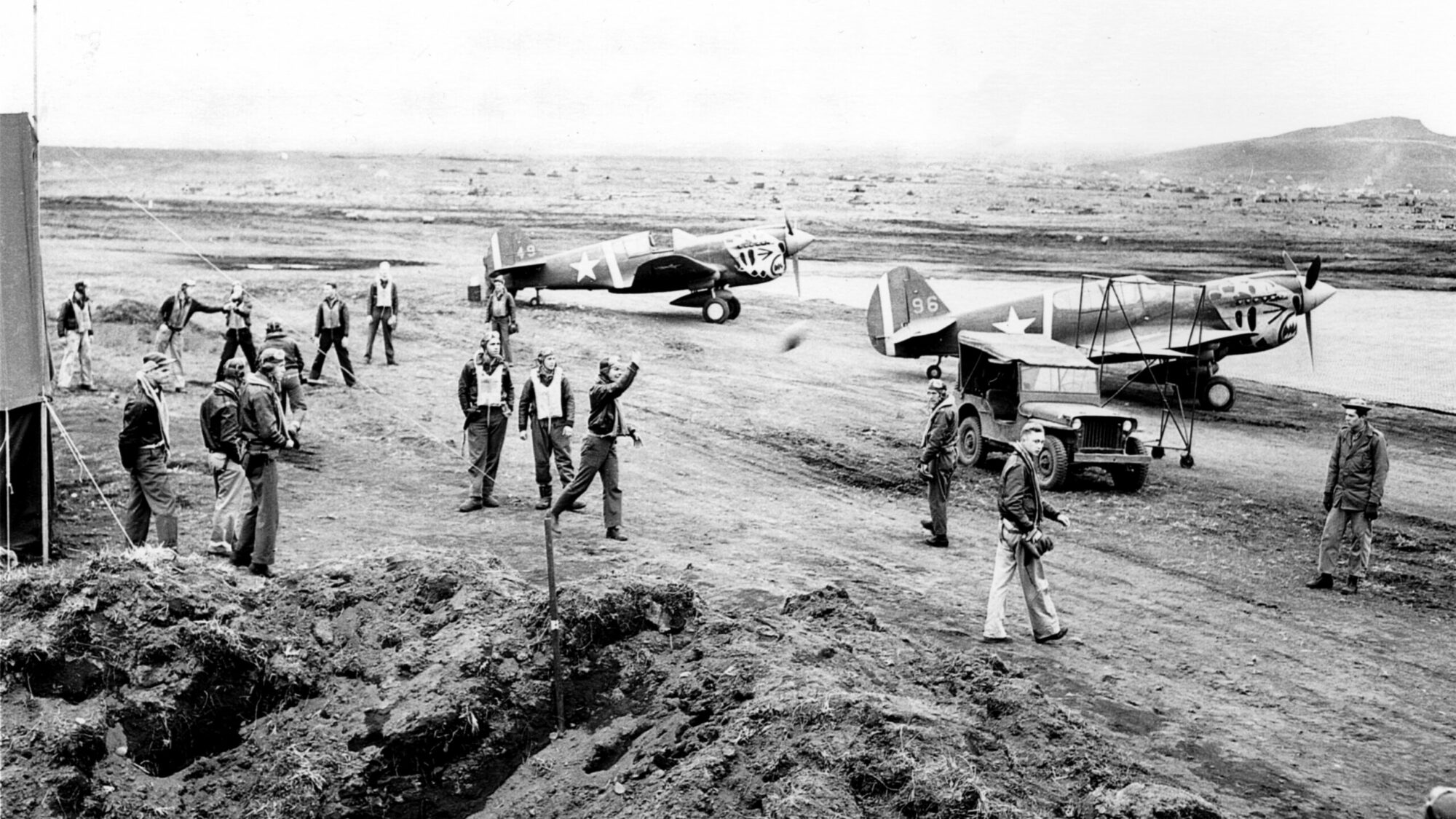
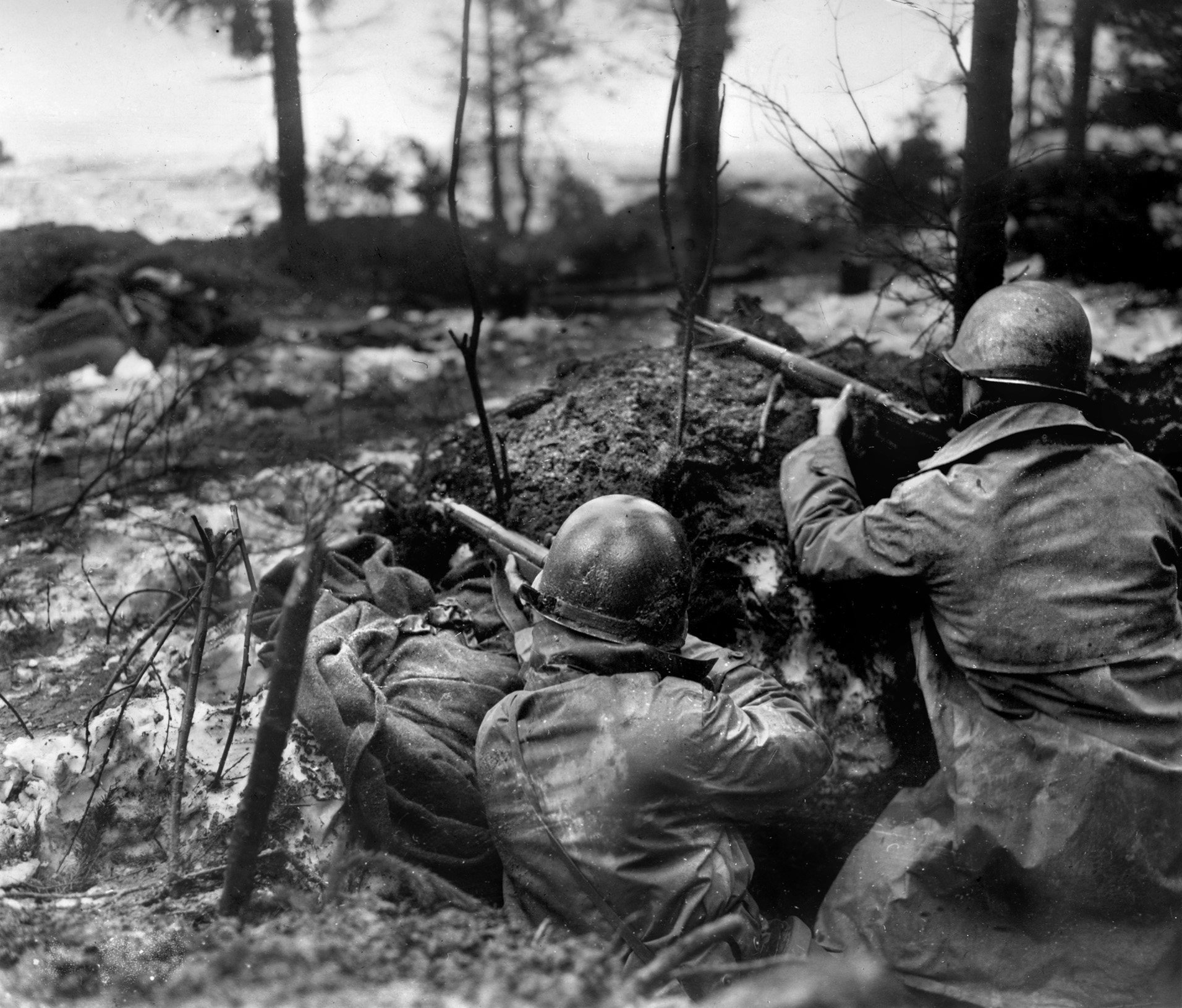
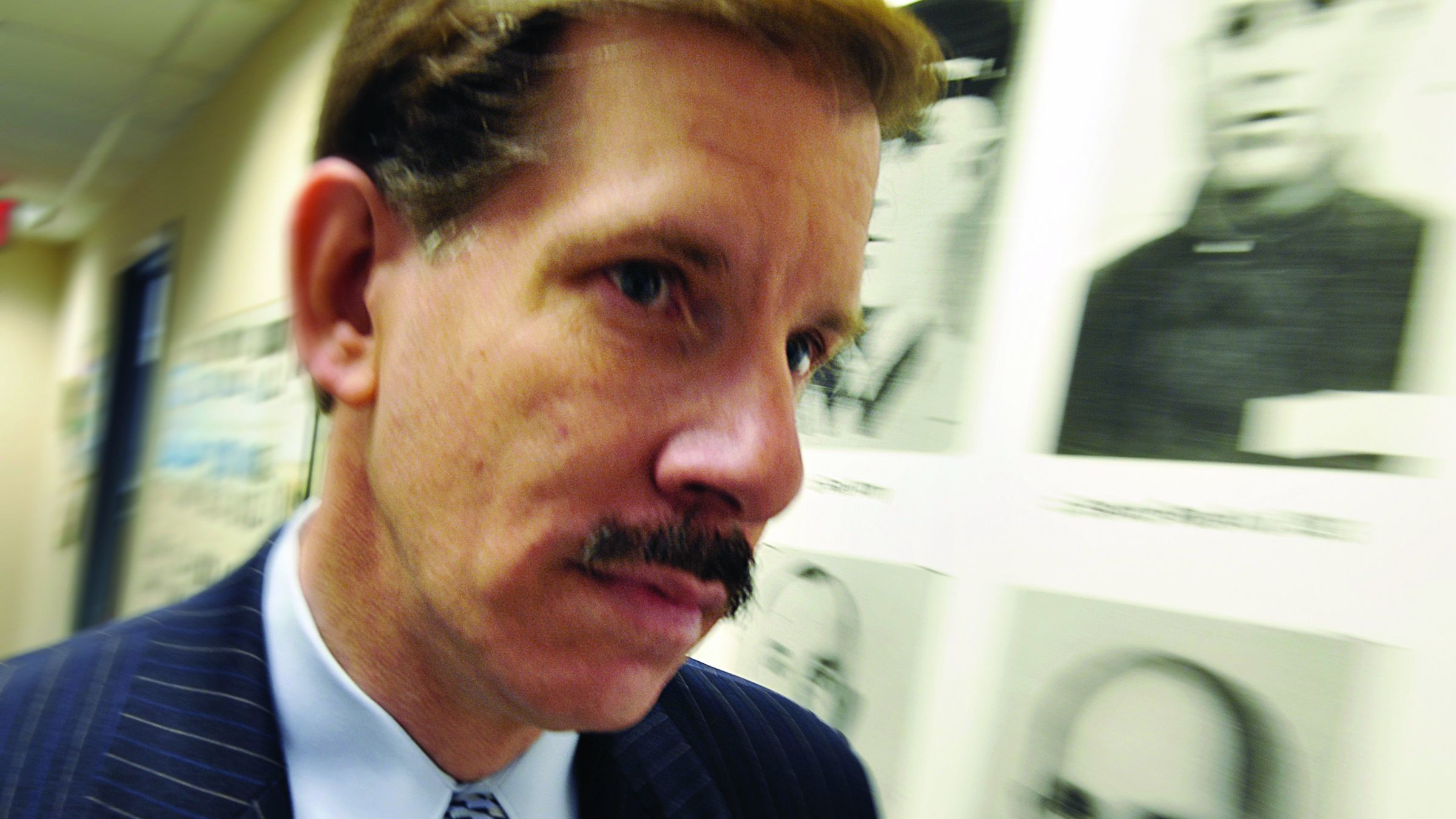
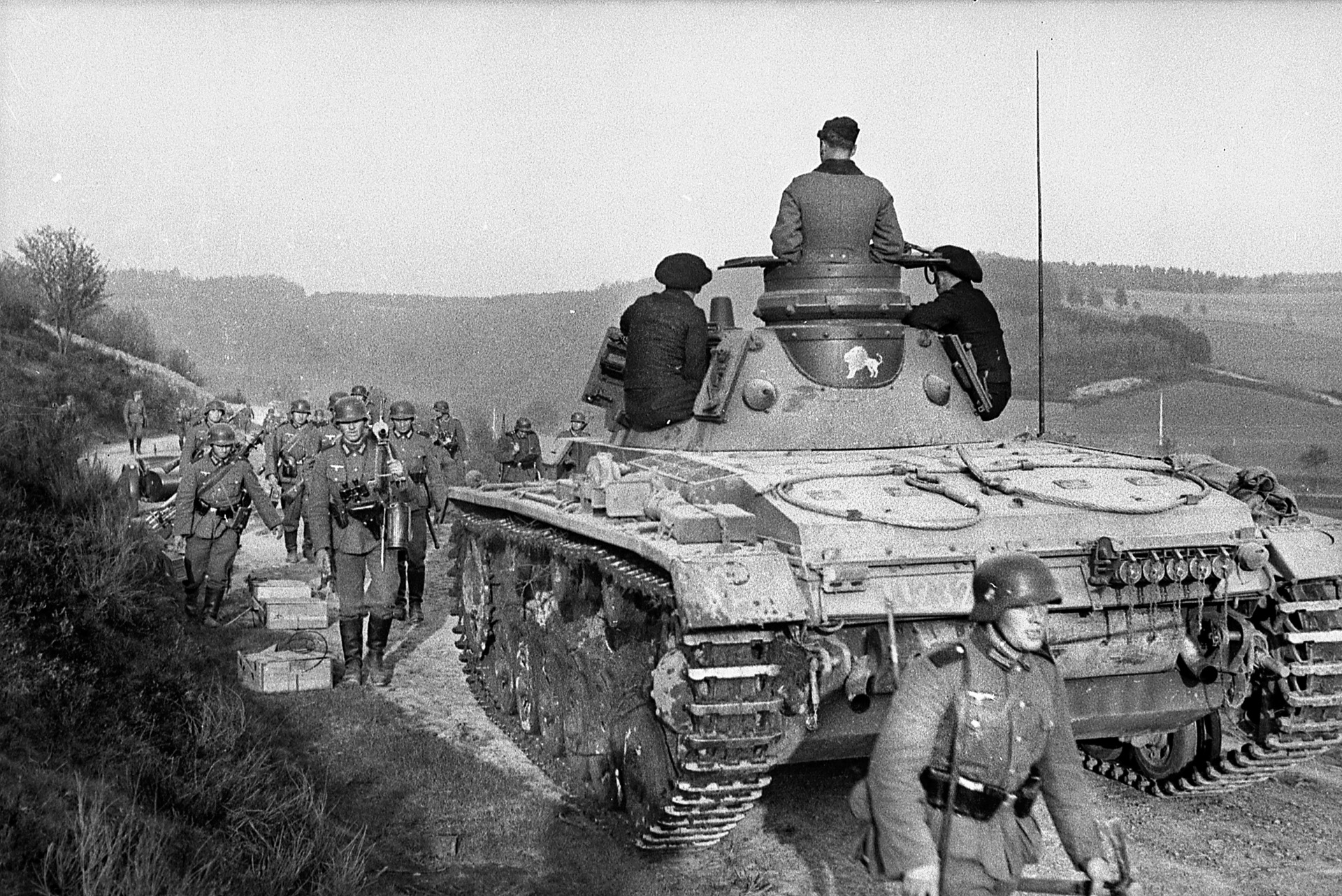
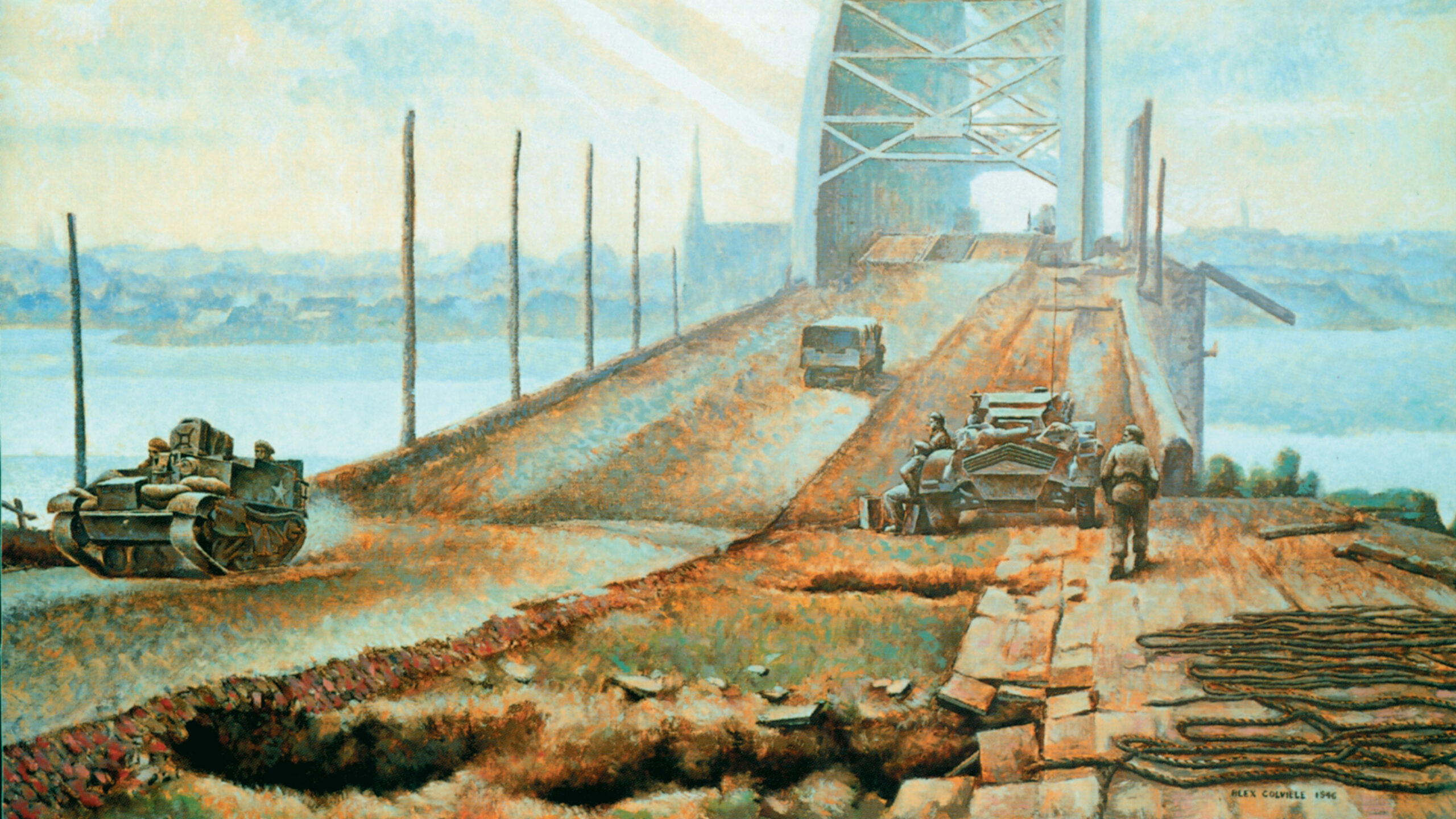
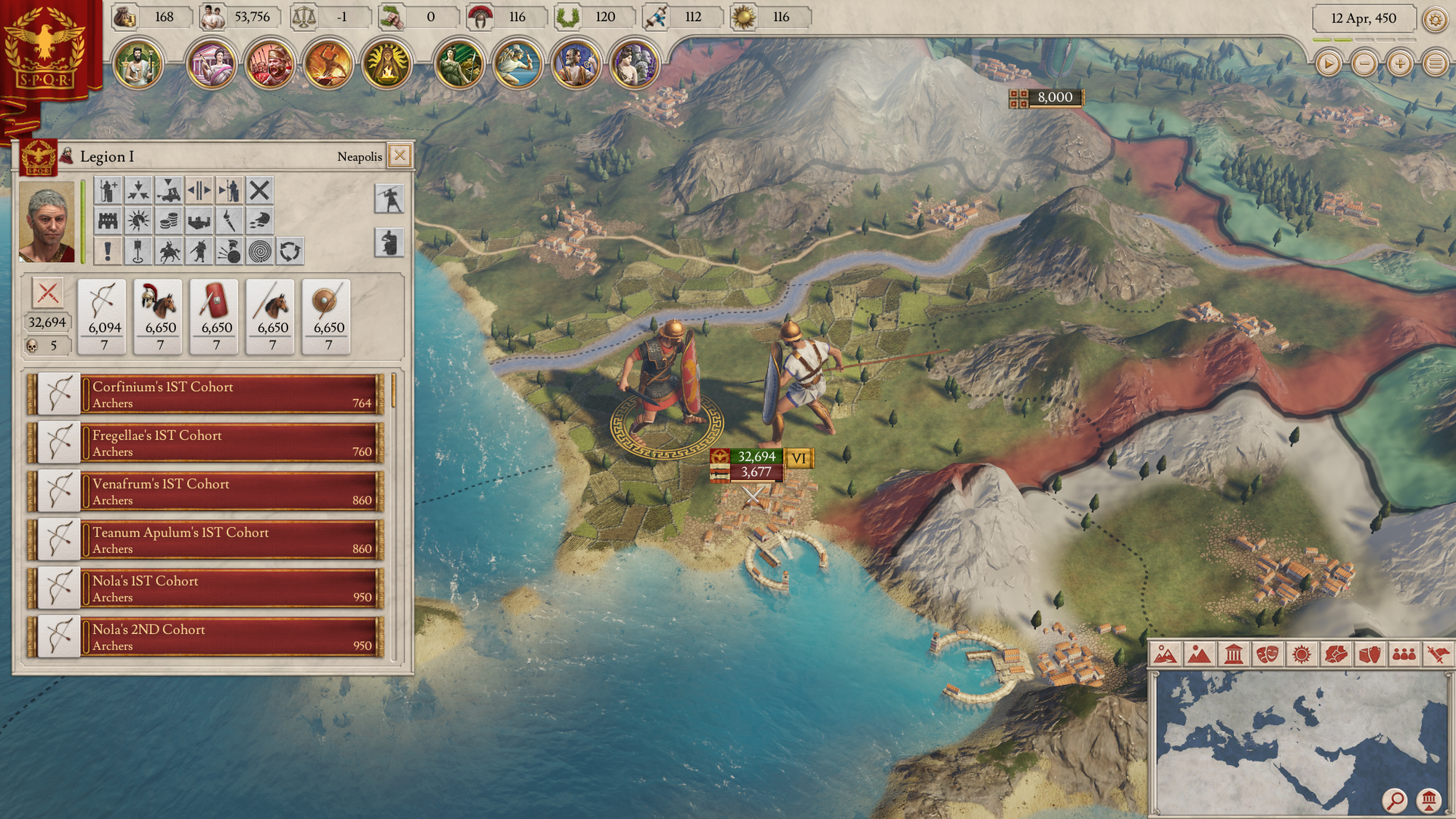
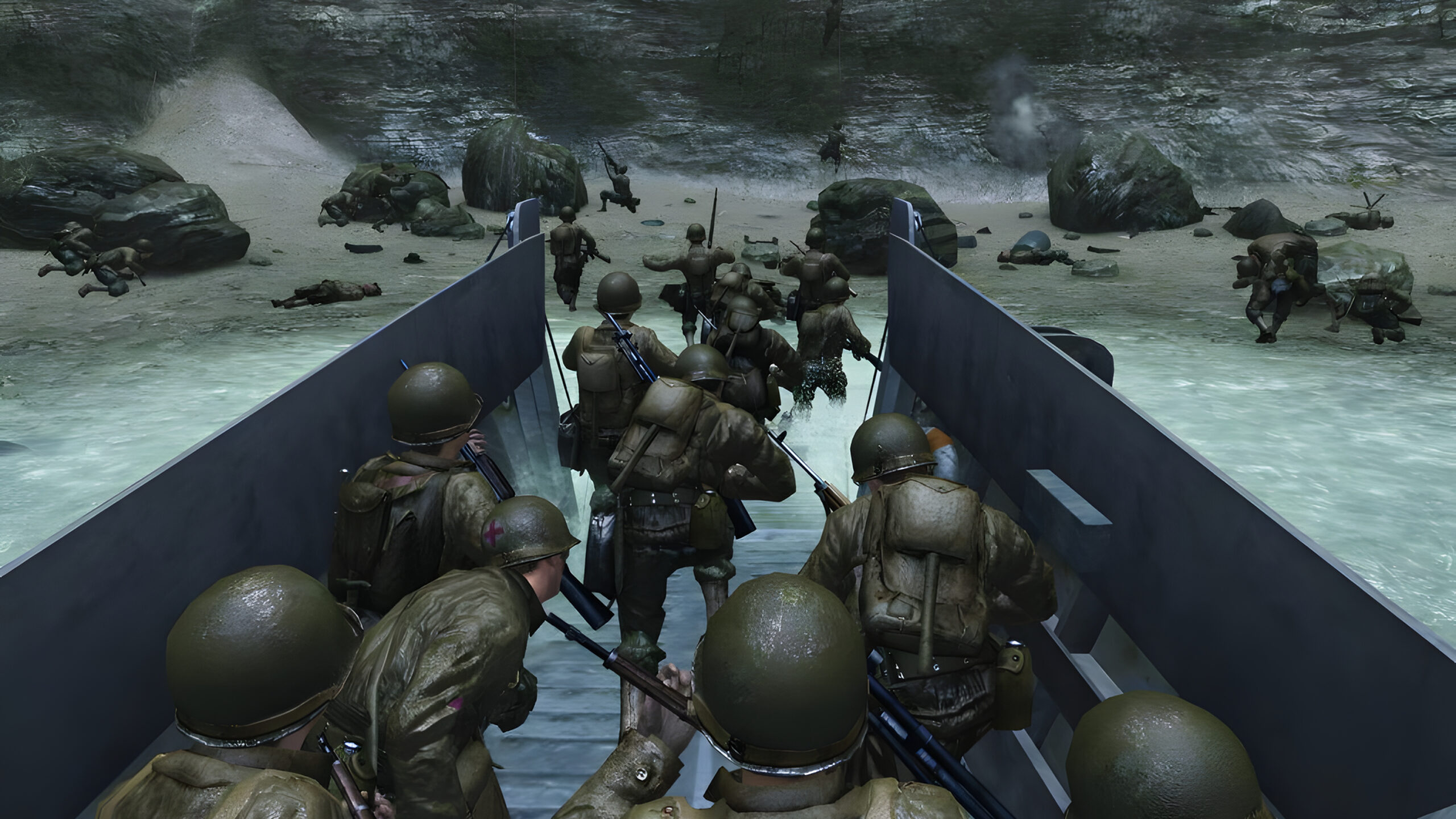
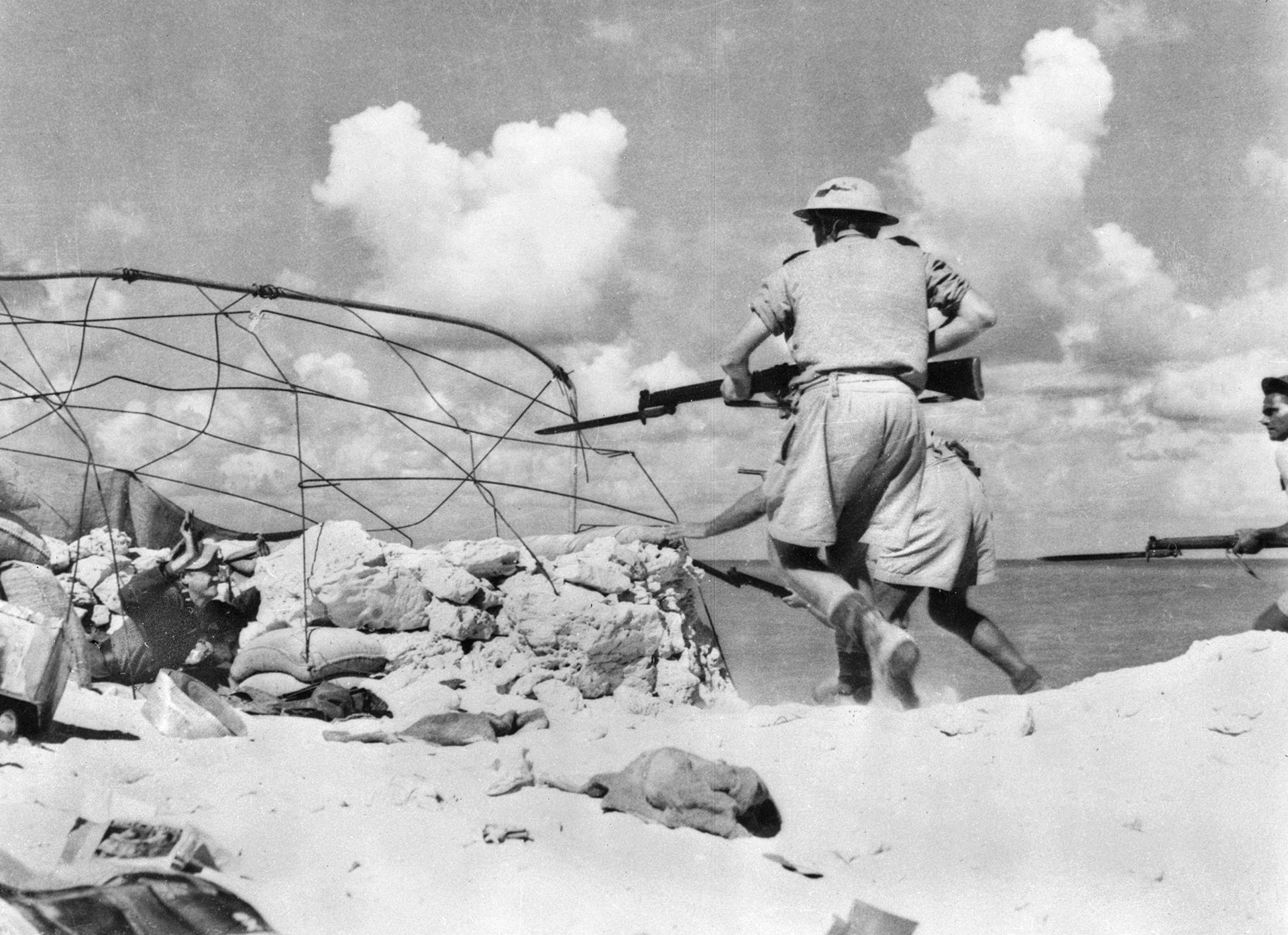
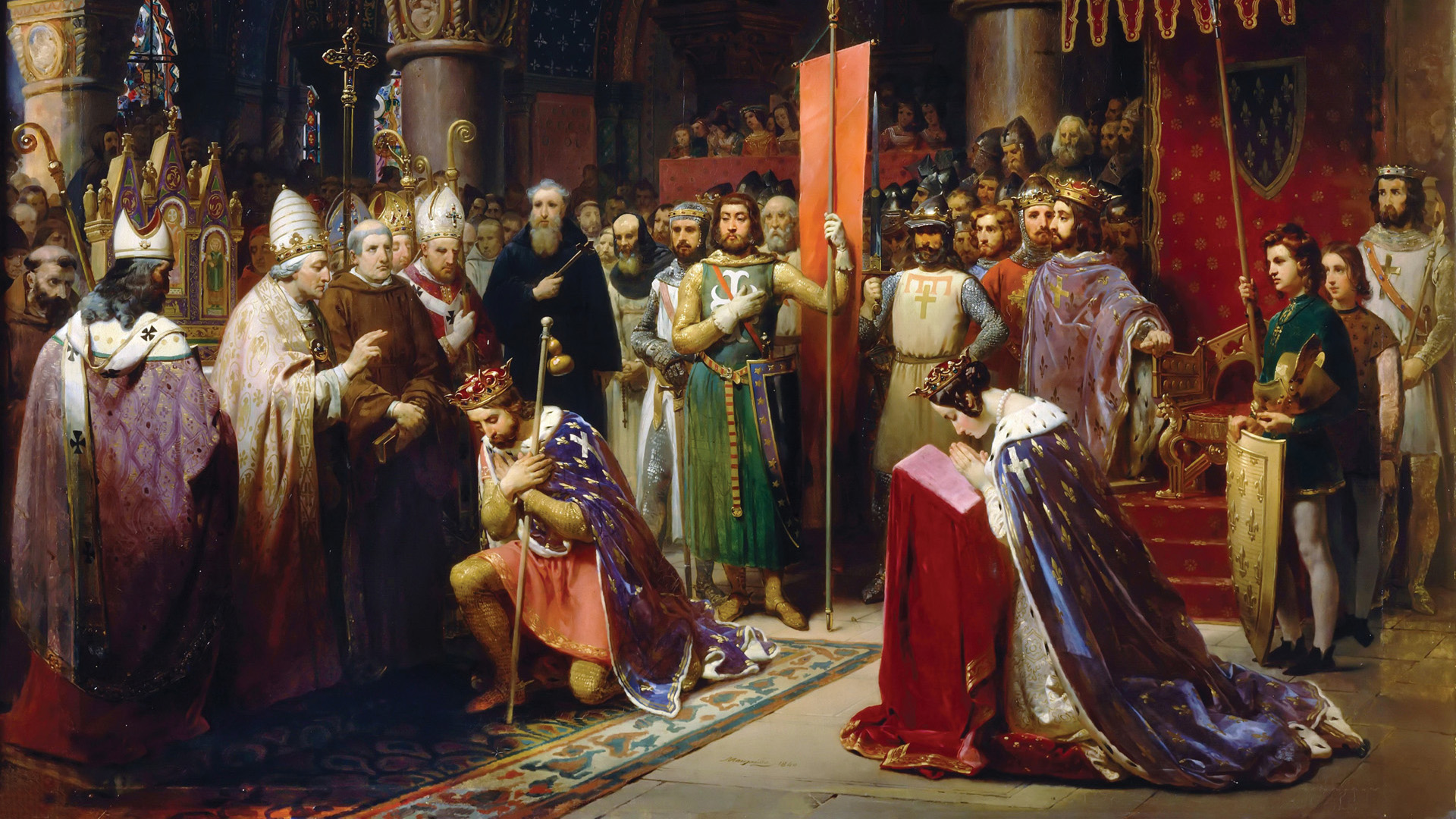
Join The Conversation
Comments
View All Comments